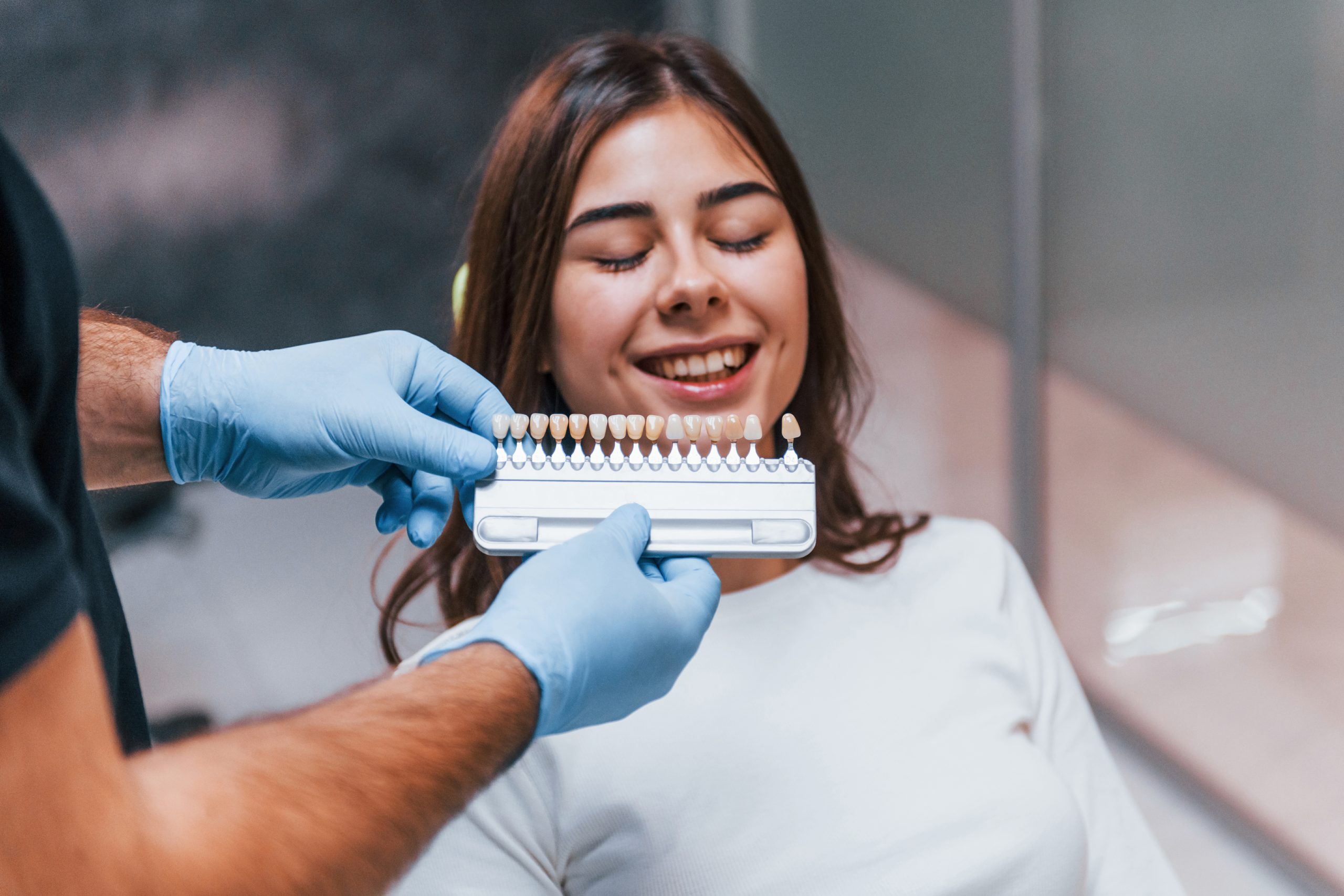A bright, radiant smile can boost your confidence and leave a lasting impression. At Reston Serenity Smiles, we offer professional teeth whitening solutions to help you achieve the dazzling smile you’ve always wanted. Say goodbye to stains and discoloration with treatments customized for your needs!
Teeth Whitening

Why Choose Professional Teeth Whitening?
Over time, teeth can become stained from coffee, tea, wine, smoking, or simply aging. While over-the-counter products promise quick fixes, professional whitening delivers safer, faster, and more effective results.
Benefits of Professional Teeth Whitening:
- Faster Results: Noticeable improvements in just one visit.
- Customizable Treatments: Personalized care to meet your specific goals.
- Long-Lasting Brightness: Professional-grade solutions deliver superior, lasting results.
- Safe for Your Teeth and Gums: Expert supervision ensures a comfortable and safe experience.
Teeth Whitening Options at Reston Serenity Smiles
At Reston Serenity Smiles, we offer two convenient options to suit your lifestyle and preferences:
1. In-Office Whitening
Experience dramatic results in a single appointment with our advanced in-office whitening system. In just about an hour, we can lighten your teeth by several shades, giving you a brighter, more confident smile.
2. Take-Home Whitening Kits
Prefer to whiten your teeth at home? Our custom take-home kits include professional-strength whitening gel and trays designed specifically for your smile. Achieve gradual, stunning results in the comfort of your home.
How Teeth Whitening Works
- Consultation
We begin with a thorough consultation to evaluate your teeth and gums, discuss your whitening goals, and recommend the best treatment option. - Preparation
For in-office whitening, we protect your gums and surrounding tissues before applying the whitening gel. For take-home kits, we provide custom trays and instructions for safe use. - Whitening Treatment
- In-Office Whitening: A powerful whitening gel is applied to your teeth and activated with a special light for fast, effective results.
- Take-Home Kits: Use your custom trays and whitening gel daily for gradual brightening over 1-2 weeks.
- Enjoy Your New Smile
Once your treatment is complete, you’ll leave with a radiant, rejuvenated smile you can be proud of!
Is Teeth Whitening Right for You?
Teeth whitening is an excellent option for most patients who want to eliminate stains and discoloration. However, it may not be suitable for individuals with:
- Severe discoloration caused by internal tooth issues.
- Existing dental restorations (e.g., crowns or veneers) that may not whiten.
- Active gum disease or tooth decay.
During your consultation, we’ll assess your oral health and determine if whitening is right for you.
Tips to Maintain Your Whiter Smile
- Brush and Floss Daily: Keep your teeth clean and free of plaque buildup.
- Avoid Stain-Causing Foods: Limit coffee, tea, wine, and smoking.
- Visit Us Regularly: Professional cleanings help maintain your results.
- Touch-Up Treatments: Use take-home kits or schedule occasional in-office whitening touch-ups.
FAQs About Teeth Whitening
- How long does teeth whitening last?
With proper care, results can last 6 months to 2 years. Avoiding stain-causing foods and beverages helps extend your results. - Is teeth whitening safe?
Yes! Professional whitening is safe when performed under expert supervision. We take every precaution to protect your teeth and gums. - How much does teeth whitening cost?
The cost varies based on the treatment option. In-office whitening typically costs more than take-home kits, but both offer excellent value. Contact us for pricing and financing options. - Does whitening work on all stains?
Surface stains respond best to whitening. Deep, intrinsic stains may require alternative treatments, such as veneers. - Will whitening make my teeth sensitive?
Some patients experience temporary sensitivity, which usually subsides within a few days. We offer products to minimize discomfort.

Let's begin your journey to a happier and healthier smile!
Get a Brighter Smile Today!
Ready to transform your smile? Trust Reston Serenity Smiles for safe, effective, and customized teeth whitening treatments. Contact us today to schedule your consultation and take the first step toward a brighter, more confident you!
